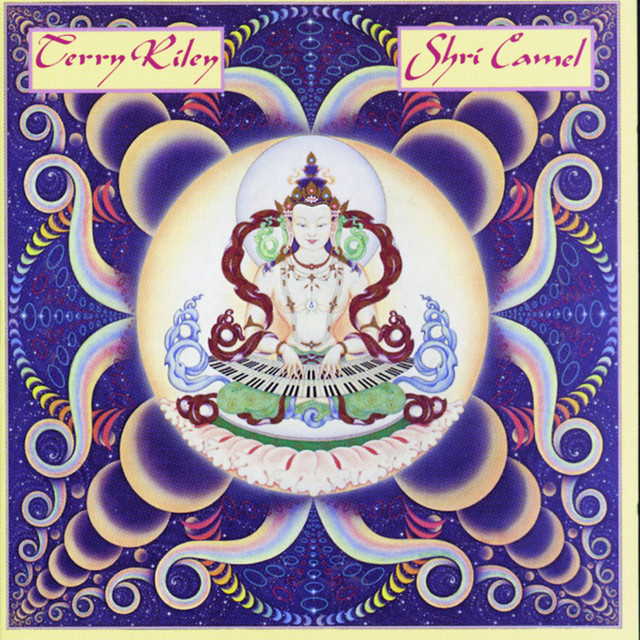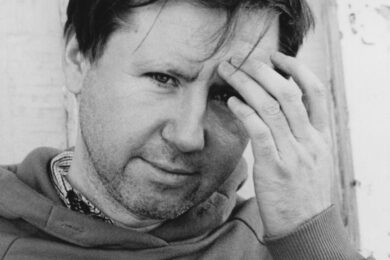9. Terry RileyShri Camel

I had a bit of a dilemma as to whether to choose a La Monte Young record or a Terry Riley record. And I chose Terry because he’s more accessible, less demanding, whereas La Monte is fundamentally important for me in the way he embodies a contemporary composer who accepts no compromise, he has total purity in what he does. Terry Riley is a contemporary of his, friend of his, and another one of these inventors of what we call minimalism that isn’t really minimalism – modern contemporary music.
Shri Camel is one of the albums he did where it’s basically solo organ with delay. He had a system with a couple of tape machines, open reel tape machines, that he called the time-lag accumulator and he would do all-night concerts where he would play the organ with these different delays running on the tape machines. This is a record that comes from that period. It’s probably got some studio trickery in it, but it is just him with an organ. It’s a record that we used to use as intro music for Pulp concerts. Once it starts, you’re there, there’s no build, you don’t need to be drawn in. It just starts and you’re with him in his delayed organ world.
Another connection with Terry Riley is that Jarvis, Steve [Mackey] and I played in the ensemble with him for a performance of In C at The Barbican in 1998. It was the first time we’d done anything where we had to read any kind of score and, not really being able to do so, much of it we had to learn by ear. We thought we were doing pretty well until he turned up at the rehearsal and, after showering us with compliments, politely asked if we could play it about 20bpm faster. But the show on the night was great. We thought we’d played for about 40 minutes but time had stood still and it was over an hour.


